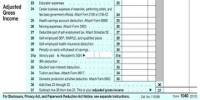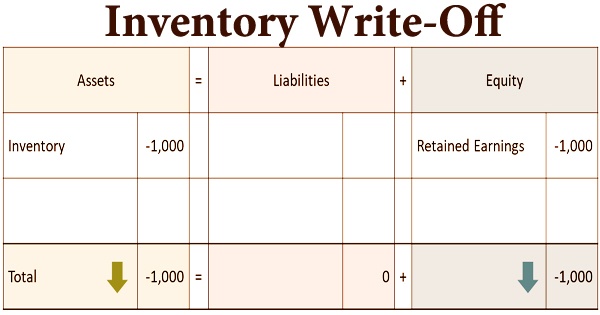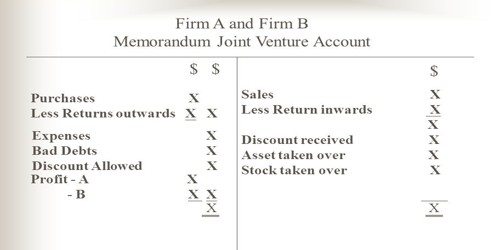During the Soviet era, Net Material Product (NMP) was the primary macroeconomic indicator used to track growth in socialist countries’ national accounts. These countries included the Soviet Union and all Comecon members. In the United Nations System of National Accounts, NMP is the conceptual equivalent of GDP, though the two measures are calculated differently numerically. The NMP excludes many expenditures that are normally included in GDP, such as state administration and defense. This makes comparing these systems more difficult.
NMP includes material production (industry, agriculture, and construction) as well as material services (transport and trade) that transport material consumer goods from producers to consumers and maintain capital stock (maintenance and repairs). Nonmaterial services, such as health, education, administration, business, and personal services, are not included in productive activities; thus, the central indicator NMP only includes total income generated in the material branches, and the distinction between “intermediate” and “final” products, as well as consumption and accumulation, is maintained.
NMP is calculated only for the material production sectors and excludes the majority of the service sectors that contribute to GDP. Manufacturing industries, agriculture and forestry, construction, wholesale and retail trade, supply of material inputs, road maintenance, freight transport (but not passenger transport), communication and information services supporting material production, and other material production activities are all included in the material production sectors. It is calculated by deducting the total cost of production (including material input costs, depreciation, and labor in production) from the total value of output produced in the material production sectors.
In order to compare NMP to GDP, the value of fixed asset depreciation (which is not subtracted in GDP calculations) and the total value of all services classified as “non-productive” in the socialist system of national accounts must be added back to NMP (which are part of GDP). Health care, education, housing, public utilities, consumer services, non-productive communication, passenger transportation, financial services (banking, credit, insurance), government services, the defense establishment, and social organizations are examples of “non-productive” services. To obtain NMP, the tax components subtracted in the calculation of GDP should be added back in.
Net material product (NMP), a national accounting approach based on the Material Product System (MPS), was introduced in the USSR in the 1920s. It was adopted by all centrally planned economies after being harmonised in 1969 by the Statistical Commission of the Council for Mutual Economic Assistance (CMEA). Gross domestic product (GDP), a basic measure of a country’s overall economic performance, is the central indicator of the (Western) System of National Accounts (SNA). The net material product is assigned the role of the main indicator in the MPS for planned economies.
















